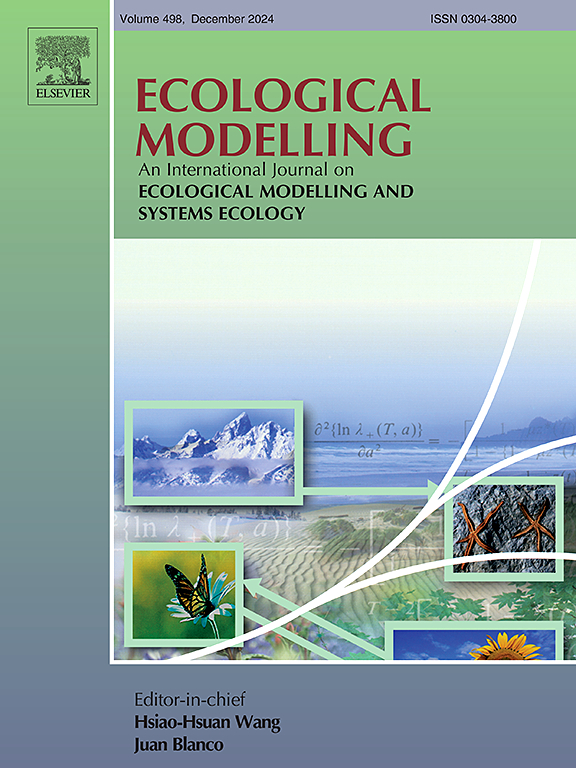Effect of forage alternatives on the carbon footprint, productivity, and profitability of sheep production systems in dryland Mediterranean zone of Chile: A simulation model
IF 2.6
3区 环境科学与生态学
Q2 ECOLOGY
引用次数: 0
Abstract
Context
Climate change has reduced rangeland production and constrained sheep production in Chile's Mediterranean region. This article presents a simulation model to evaluate new forage alternatives and their effects on current small-farm sheep systems.
Objective
The objective was to determine how the inclusion of new forage alternatives and associated management modifications affect the carbon footprint (CF), productivity, and profitability of sheep production systems.
Methods
Survey and field data were used to develop a simulation model that seeks to balance energy and protein nutrition in response to variations in stocking rates, supplementation rates, and pasture management in comparison with the base scenario. Outputs include sheep production, CF, and economic analyses of various factorial combinations.
Results and conclusions
In the basal scenario, the carbon footprint (CF) was 9.57 ± 0.45 kg CO2-eq/kg live weight (LW) when soil carbon (C) sequestration was not considered. However, it decreased to 6.7 ± 0.49 when accounting for soil C sequestration. Although financial income was negative, operational income was positive due to the undervaluation of the grassland contribution. The use of triticale grain resulted in the lowest CF, but in economic terms, alfalfa hay outperformed all supplements. It is important to recognize the value of native grasslands if traditional systems are to persist.
Significance
In the context of current land use practices and economic conditions, the simulation model revealed a limited range of available tools to increase technical efficiency and minimize carbon footprint (CF) when the native grasslands are not valued. The model is well-suited to explore alternative scenarios under variable economic conditions and can provide valuable insights to inform policy decisions.

求助全文
约1分钟内获得全文
求助全文
来源期刊

Ecological Modelling
环境科学-生态学
CiteScore
5.60
自引率
6.50%
发文量
259
审稿时长
69 days
期刊介绍:
The journal is concerned with the use of mathematical models and systems analysis for the description of ecological processes and for the sustainable management of resources. Human activity and well-being are dependent on and integrated with the functioning of ecosystems and the services they provide. We aim to understand these basic ecosystem functions using mathematical and conceptual modelling, systems analysis, thermodynamics, computer simulations, and ecological theory. This leads to a preference for process-based models embedded in theory with explicit causative agents as opposed to strictly statistical or correlative descriptions. These modelling methods can be applied to a wide spectrum of issues ranging from basic ecology to human ecology to socio-ecological systems. The journal welcomes research articles, short communications, review articles, letters to the editor, book reviews, and other communications. The journal also supports the activities of the [International Society of Ecological Modelling (ISEM)](http://www.isemna.org/).
 求助内容:
求助内容: 应助结果提醒方式:
应助结果提醒方式:


